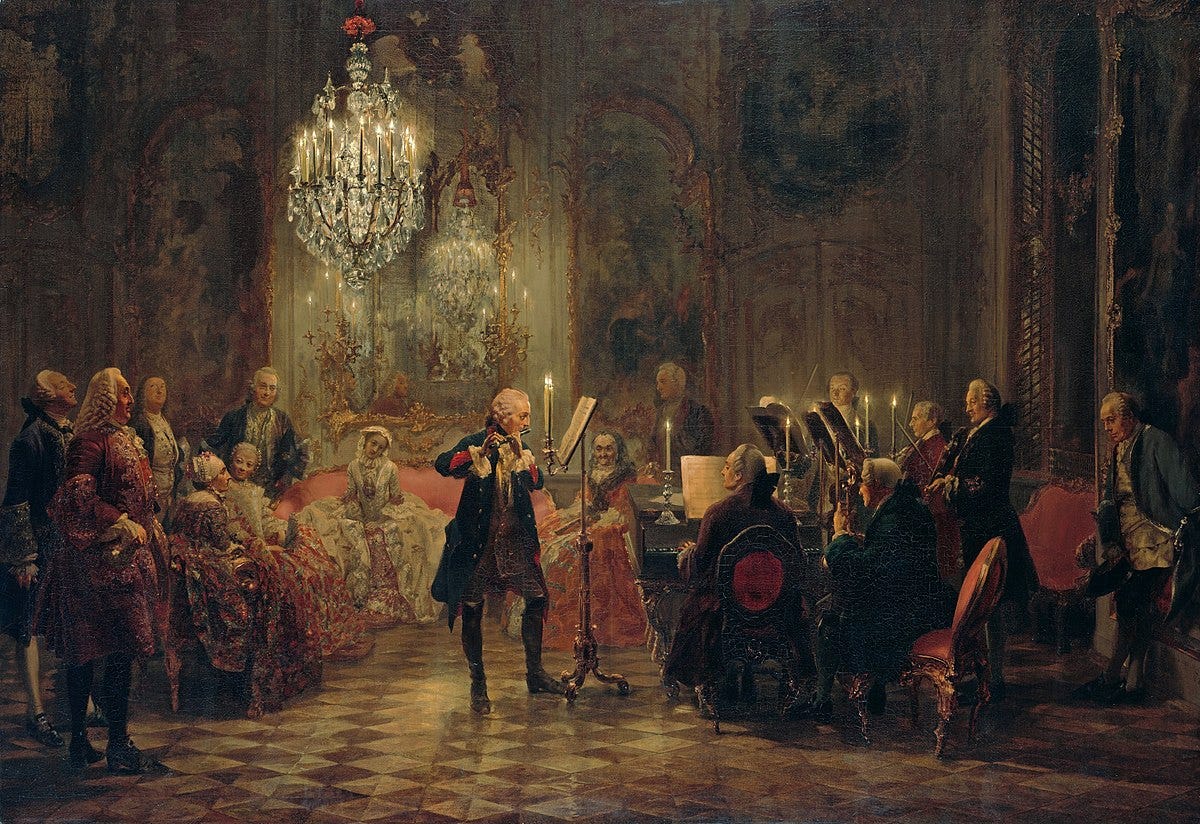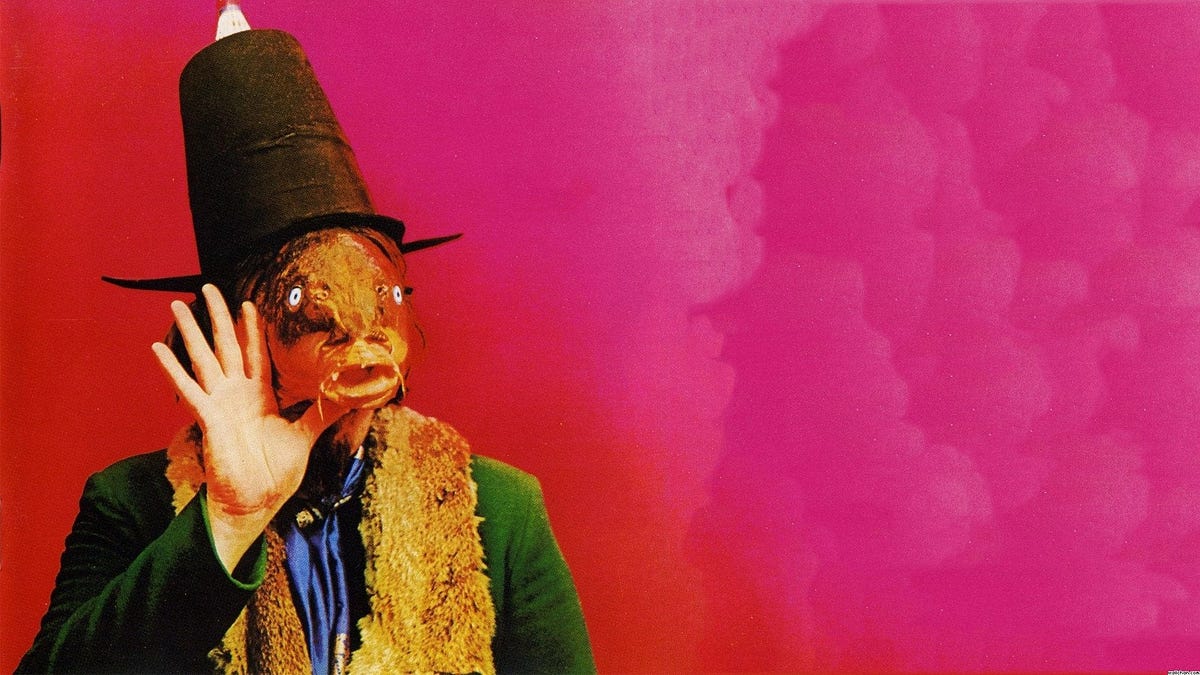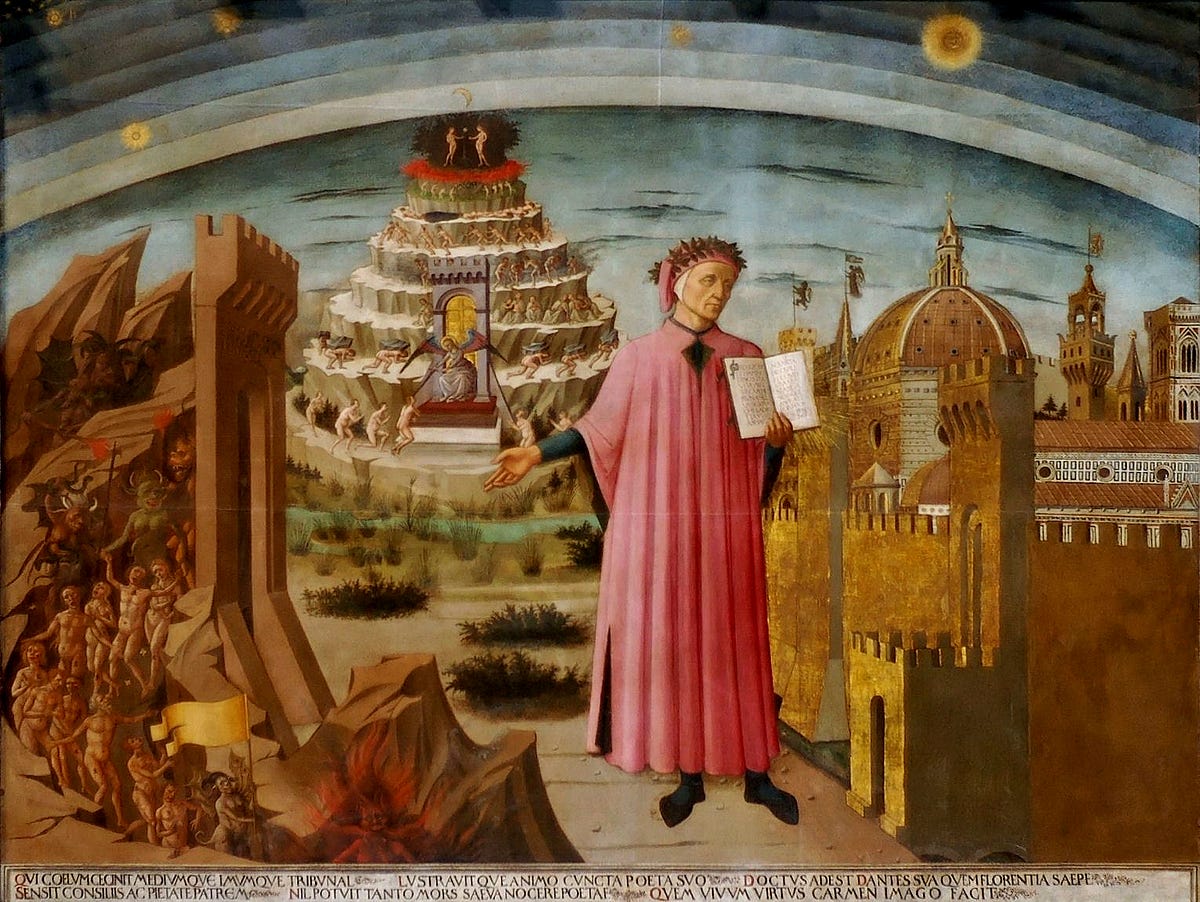The Great Authentic Lie or Forget Sartre
Are you being authentic if you are trying to be authentic?
The existentialist movement was a prominent one in continental philosophy. Beginning in the 19th century, the movement progressed into the 20th century and hit a fervour pitch after World War 2 with the French thinker Jean-Paul Sartre as its central figure. Forty years after Sartre’s death existentialism still remains in art and literature, and its core doctrine is still consumed by the public, yet the movement has waned as an academic philosophical denomination, largely being supplanted by the vast postmodern developments in philosophy.
Today existentialism functions less as a rigorous philosophical movement but more as an alleviation and self-care remedy. Though I do not want to downplay the many people who may have found some comfort in existentialist writings, I do believe that there are certain principles that are very dated and ultimately unhelpful to many, one of which is Sartre’s concept of bad faith.
The Authenticity Paradox
Sartre’s concept of bad faith is the principle outlined in his 1943 book Being and Nothingness that some humans reject their freedom by assuming a prescribed social role, a role of an object in-itself, basically something that is not conscious. This principle is still popular and adorned by many of the champions of “authenticity” and human individuality, however it strikes me as incredibly paradoxical and ultimately unhelpful. Sartre illustrates this concept with his description of a waiter who engages in all the movements and dramatizations of a typical waiter, a waiter who “is playing at being a waiter in a café”. He claims that this waiter is engaging in bad faith and rejecting his freedom. Sartre says “we are condemned to be free” but why does Sartre claim one is rejecting one’s freedom by using their freedom to assume a prescribed social role? Are they not demonstrating their freedom by doing this?
Why is it so bad that a waiter wants to act like a waiter? The waiter was acting out his conception of the ideal of a waiter. It is through the mask of a waiter that he asserts his authenticity. Just as Joseph Conrad poignantly expressed in his novella The Heart of Darkness
“I don’t like work — no man does — but I like what is in the work — the chance to find yourself. Your own reality — for yourself not for others — what no other man can ever know. They can only see the mere show, and never can tell what it really means.”
Sartre could never know what his countless waiters found in their work, and he could not fathom that while they were playing the act of a waiter, under the mask they were genuine in their devotion to the role. They were genuinely pretending, and happy to be on a stage.

Many who have worked or acted a role have known how refreshing it is to be given a role to uphold and also interpret and find yourself in essentially acting as a descendent of an ideal. You are to be a fireman, you are to be a soccer player, you are to be a mother. It is as if the world is asking Sartre’s waiters “What do you think a waiter is? Show me.”
On Double Binds
To further understand the potential damage of Sartre’s concept we must understand the concept of double binds. A double bind is when two conflicting messages are sent out, creating a situation in which a successful response to one message would lead to a failure in the other. An example of a double bind would be “Don’t let anyone tell you what to think”, this statement is a double bind because the person saying it is telling you what to think. Double binds can be very stressful to people on the receiving end as it puts them in a paradoxical situation in which they can never respond correctly. Double bind theory was first coined by the social scientist Gregory Bateson to propose a theory about the development of schizophrenia in children. According to Bateson and his colleagues the repeated exposure to double binds in childhood could lead to the developments of disordered thinking among other schizophrenic symptoms.
Sartre’s conception of authenticity and condemnation of bad faith can be conceived as a double bind as Sartre’s “authentic” philosophy falls apart in an ironic farce as the very nature of freedom which he and his followers espouse, is itself made as an ideal, an inanimate thought, just like the role of a waiter, a being-in-itself. This cannot be clearer when his partner and fellow existentialist philosopher Simone de Beauvoir defines the concept of “genuine freedom” in the Ethics of Ambiguity essentially creating a sort of rule book with different ways one can express their freedom, a Freedom for Dummies if you will.
If freedom is granted to all as existentialists believe, why not leave it at that? Why does there have to be references to standards and principles that define freedom? It is here that it becomes apparent that Sartre has surreptitiously inserted a subjective moral outlook into a seemingly metaphysical philosophical system essentially tainting any notion of objectivity it may have.
Sartre as a Product of his Time
It is important to understand Sartre as we must understand all philosophers, which is as beings in their own times. Sartre’s ideas were essentially birthed from the romanticism era of the 19th century. The growing belief that the sovereign individual, through freedom and inner authenticity could rise up and influence the quickly changing world. Sartre and his fellow existentialists essentially became the champions of the authentic. His ideas became a sobering antidote for humanity following the man-made destruction of World War 2. He laid the blame on humanity, yet still clinging to the rationalism of the Enlightenment era, he believed that humanity could change course.

Sartre’s romantic concept of authenticity has a certain Gnostic tinge to it. A certain denial of the outer world and an assertion that the authentic individual is all that matters. Yet the so-called authentic individual must operate in the outer world. This is where the conflict lies. How can we be truly authentic when we are operating in a world that we at least perceive as being material?
Many may find solace in Sartre’s philosophy, but ultimately his obsession with authenticity is a relic of the past and unhelpful to many. The gravest crime Sartre commits is his moral elevation of authenticity and condemnation of what he perceives as inauthenticity. This has led to a negative perception of all that seems inauthentic, yet this continuous pressure to be authentic is itself inauthentic and a symptom of the romanticism that preceded Sartre. The fact that it is inauthentic is not the problem but rather that it is a paradox which many don’t believe to be a paradox. This ideal of authenticity will never be reached because to reach it you must strive for an ideal that is being projected onto us. We must understand Sartre’s philosophy of authenticity as rather a method to assert our identity not the method. Let us move past the shackles of feeling obligated to be authentic and rather accept that we can never at least feel truly authentically pure because we have to interact with a world that is filled with other beings and societal pressures. Rather it is through these other beings and ideals that we see and learn about ourselves and can actually develop an identity from our interpretation of the ideals of our world.






